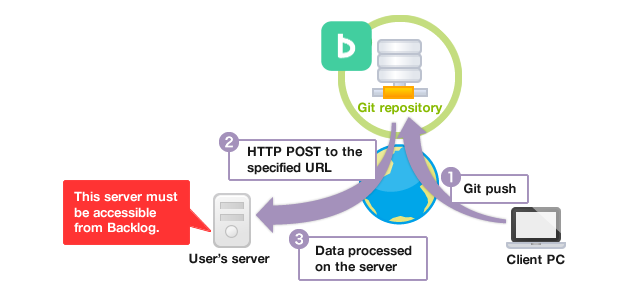


No inferences should be drawn on account of other sites being referenced, or not, from this page. We have provided these links to other web sites because they may have information that would be of interest to you. Vibration specific dipole moments Vibrational Quantum numbersĪa=2.63+-0.02 bb=-0.13+-0.03 cc=-2.5+-0.02Ĭalculated electric quadrupole moments forĮlectric dipole polarizability (Å 3) alphaĬalculated electric dipole polarizability forīy selecting the following links, you may be leaving NIST webspace. Μ ν1ν2ν3 = -1.8570 - 0.051(ν1+0.5) + 0.0317(ν2+0.5) - 0.0225(ν3+0.5)Įxperimental dipole measurement abbreviations: MW microwave DT Dielectric with Temperature variation DR Indirect (usually an upper limit) MB Molecular beam
#Water webook download
This section considers the pros and cons of various technologies, including membrane technologies such as filtration, ion-exchange systems, and reverse osmosis.ĭieser Download kann aus rechtlichen Gründen nur mit Rechnungsadresse in A, D ausgeliefert werden.You are here: Experimental > One molecule all propertiesĭihydrogen oxide Distilled water Ice Water vapor Water oxidane To complete the subject, the authors focus on brewery operations relating to source water treatment, such as the removal of particulates, dissolved solids, gas and liquid contaminants, organic contaminants, chlorine and chloramine, and dissolved oxygen.
#Water webook how to
Examples illustrate how to tailor your brewing water to suit any style of beer. Ionic species important to beer are discussed and concepts like the sulfate-to-chloride ratio are explained. But minerals in brewing water also determine specific flavor attributes. Ultimately, residual alkalinity is the major effector on mash pH, and this book addresses how to predict and target a specific mash pH-a key skill for any brewer wishing to raise their beer to the next level. The concept of residual alkalinity is covered in detail and the causes of alkalinity in water are explored, along with techniques to control alkalinity. Understand ion concentrations, temporary and permanent hardness, and pH. The parameters measured in a water report are explained, along with their impact on the mash and the final beer. It covers precipitation, groundwater, and surface water, and explains how municipal water is treated to make it safe to drink but not always suitable for brewing. The authors lead the reader from an overview of the water cycle and water sources, to adjusting water for different beer styles and brewery processes, to wastewater treatment. Whether in a brewery or at home, water is needed for every part of the brewing process: chilling, diluting, cleaning, boiler operation, wastewater treatment, and even physically pushing wort or beer from one place to another. This book is not just about brewing liquor. Water: A Comprehensive Guide for Brewers takes the mystery out of water's role in the brewing process. Much of the relevant information can be found in texts on physical and inorganic chemistry or water treatment and analysis, but these resources seldom, if ever, speak to brewers. But brewers in fact have many opportunities to modify their source water or to obtain mineral-free water and build their own brewing water from scratch. For many brewers used to choosing from a wide selection of hops and grain, water seems like an ingredient for which they have little choice but to accept what comes out of their faucet. Water is arguably the most critical and least understood of the foundation elements in brewing.


 0 kommentar(er)
0 kommentar(er)
